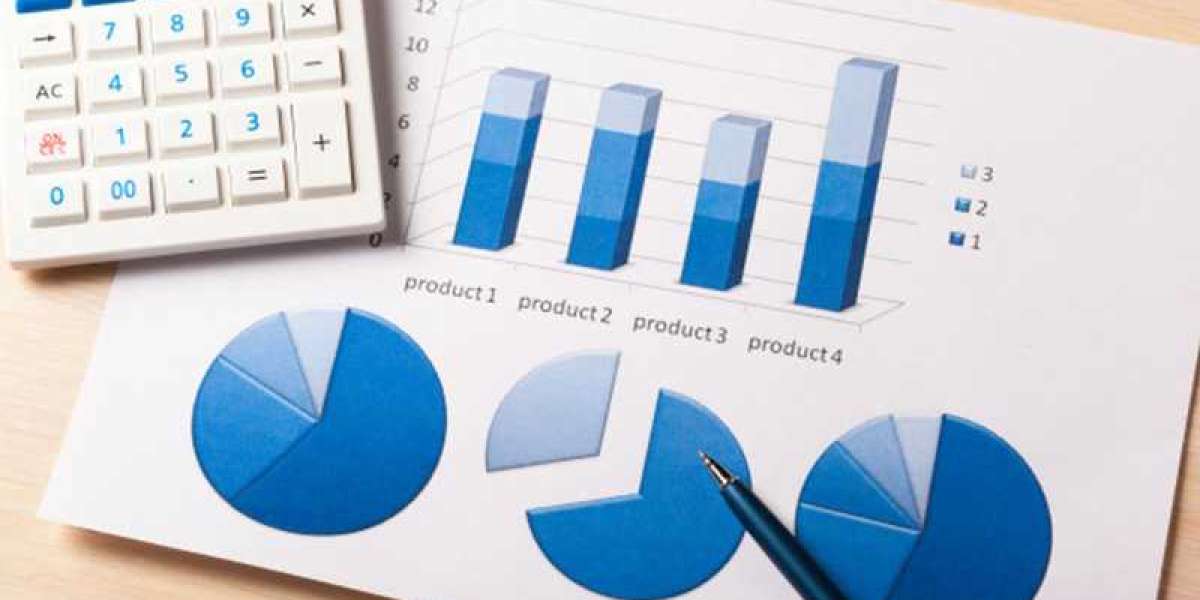Glucometers or blood glucose meters are invaluable tools for managing diabetes. These compact devices let you monitor your blood sugar levels at home conveniently. This, in turn, provides crucial insights into your health. If you are unsure about using a glucometer, this guide describes the basics of glucometers and their significance in diabetes management.
About glucometers
A glucometer refers to a small, portable tool that measures the concentration of glucose in a drop of blood. It is an important tool for people living with diabetes. It lets them monitor their blood sugar levels and make informed decisions about their diet, medication, and lifestyle.
How to use it?
You can easily follow this step-by-step guide when using a glucometer:
- Gather your supplies
You will need a glucometer, test strips (such as the Accu-Chek Active strips 100), a lancing device, and an alcohol prep pad.
- Prepare the lancing device
Insert a lancet into the lancing device. Adjust the depth setting you are comfortable with.
- Clean your hands
Wash your hands with soap and water. Ensure to dry them thoroughly.
- Insert your test strip
Turn on the glucometer and insert a test strip, like an Accu-Check Active strip, into the designated slot.
- Prick your finger
Use the lancet and lancing device to prick the side of your fingertip. Squeeze gently to produce a small drop of blood. Touch the blood droplet to the end of the test strip. The strip will draw in the blood for analysis. Blot your finger with the alcohol pad to stop bleeding.
- Wait for results
The glucometer displays the blood sugar reading on the screen within seconds.
- Record the reading
Note down the reading in a logbook or on a mobile app. This way, you can track your blood sugar levels over time.
When to test?
You can use a glucometer during the following times to understand how your body responds to different situations.
- In the morning, before eating
- Before each meal
- About two hours after meals
- Before sleeping
Consistent monitoring lets you take proactive steps to maintain stable blood sugar levels. However, always follow your healthcare provider's recommendations for testing frequency.
Uses
Glucometers offer several uses for those with diabetes:
- They enable you to manage your blood sugar levels by making informed decisions about food, medication, and physical activity.
- Regular monitoring lets you detect fluctuations in your blood sugar levels early. This, in turn, ensures timely intervention.
- Glucometer readings also guide adjustments in insulin or medication dosage under medical supervision.
Conclusion
Glucometers are crucial for individuals managing diabetes. Hence, following this guide, you can confidently use it to track your blood glucose levels. Remember that consistent monitoring and collaboration with your doctor are essential for effective diabetes management.
Disclaimer: The opinions expressed here are purely based on external research. For better healthcare, we would recommend you approach a specialist.







